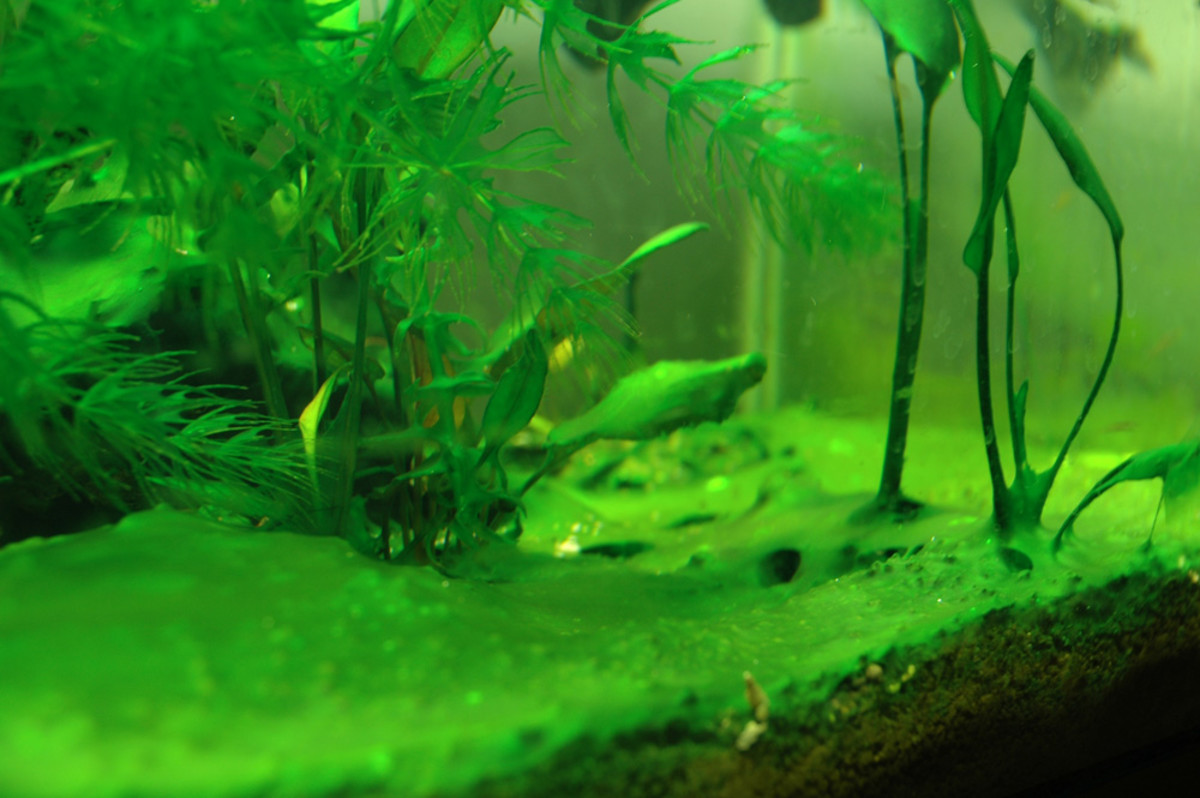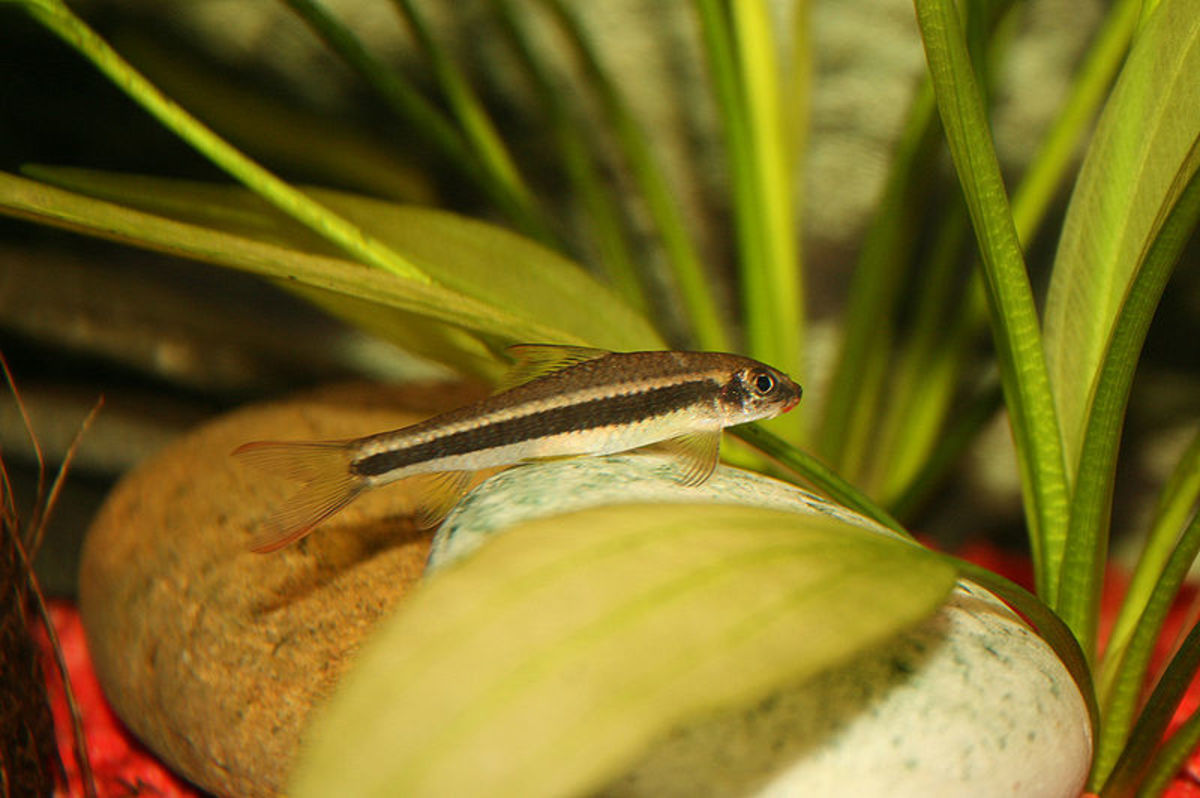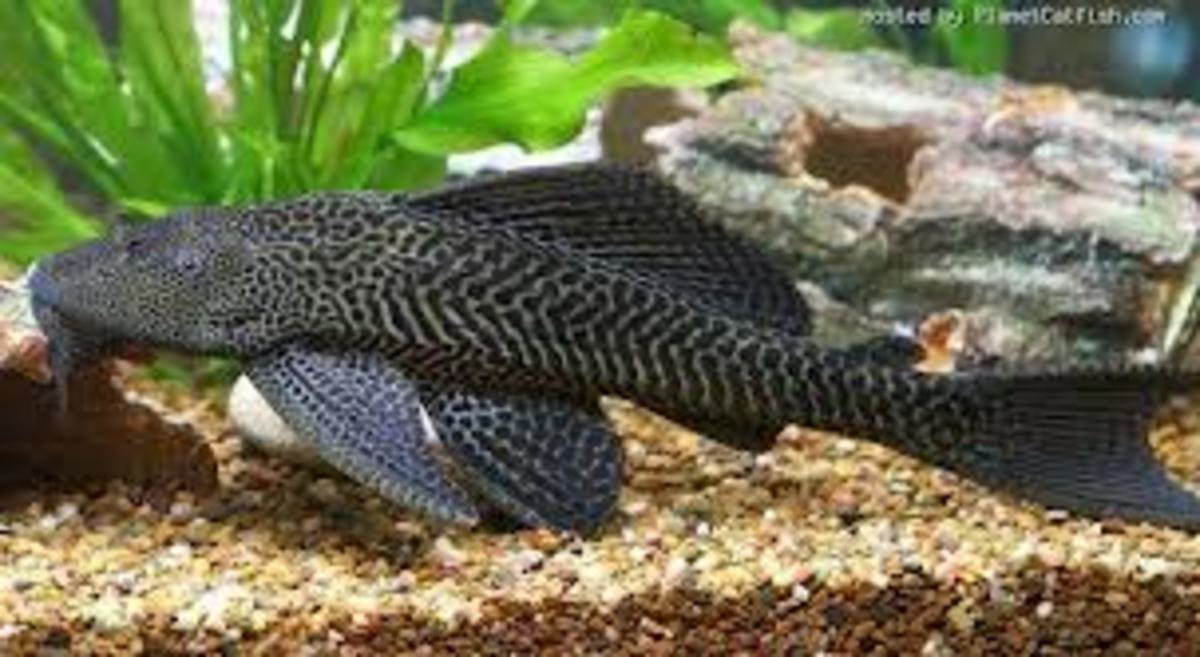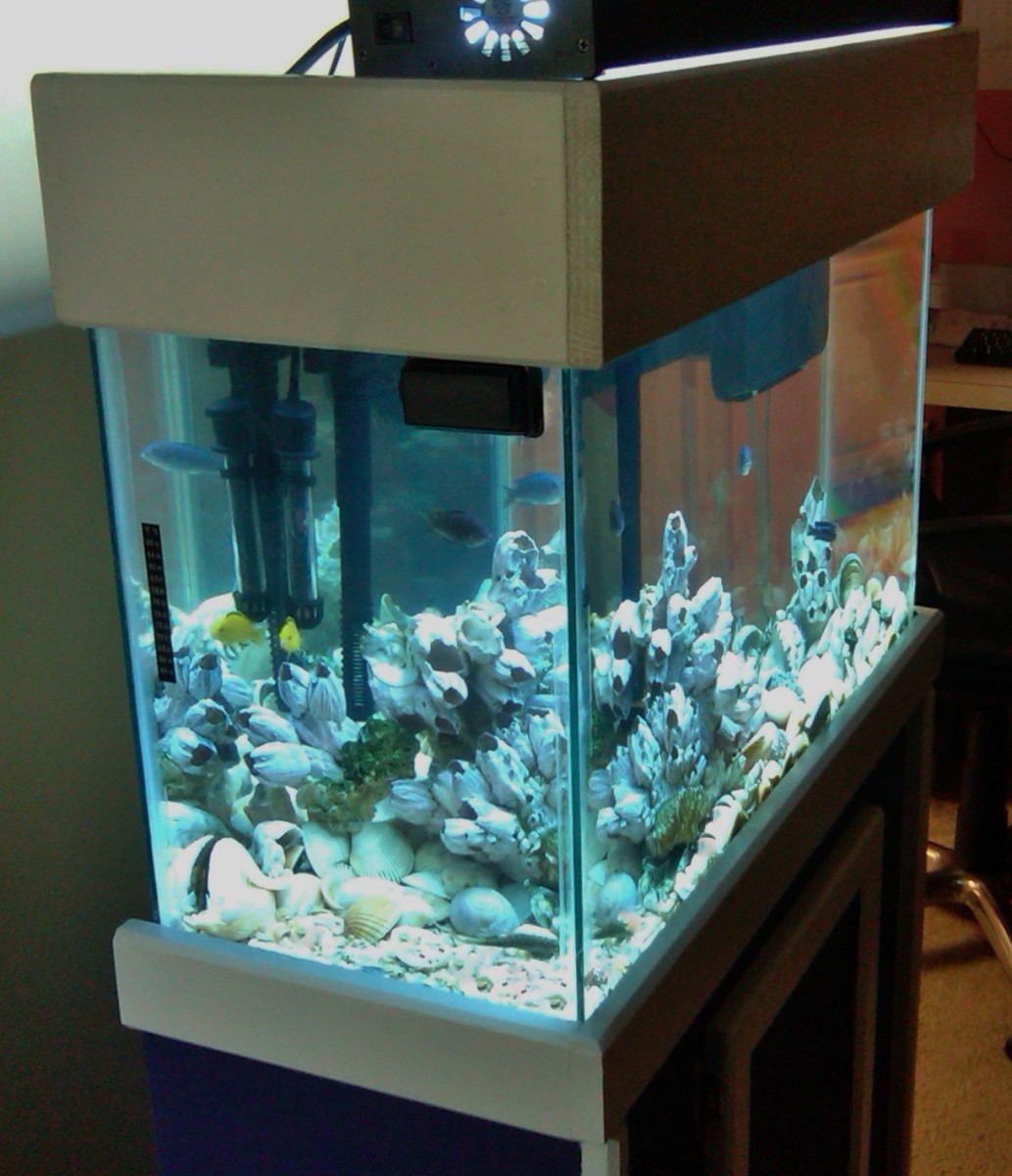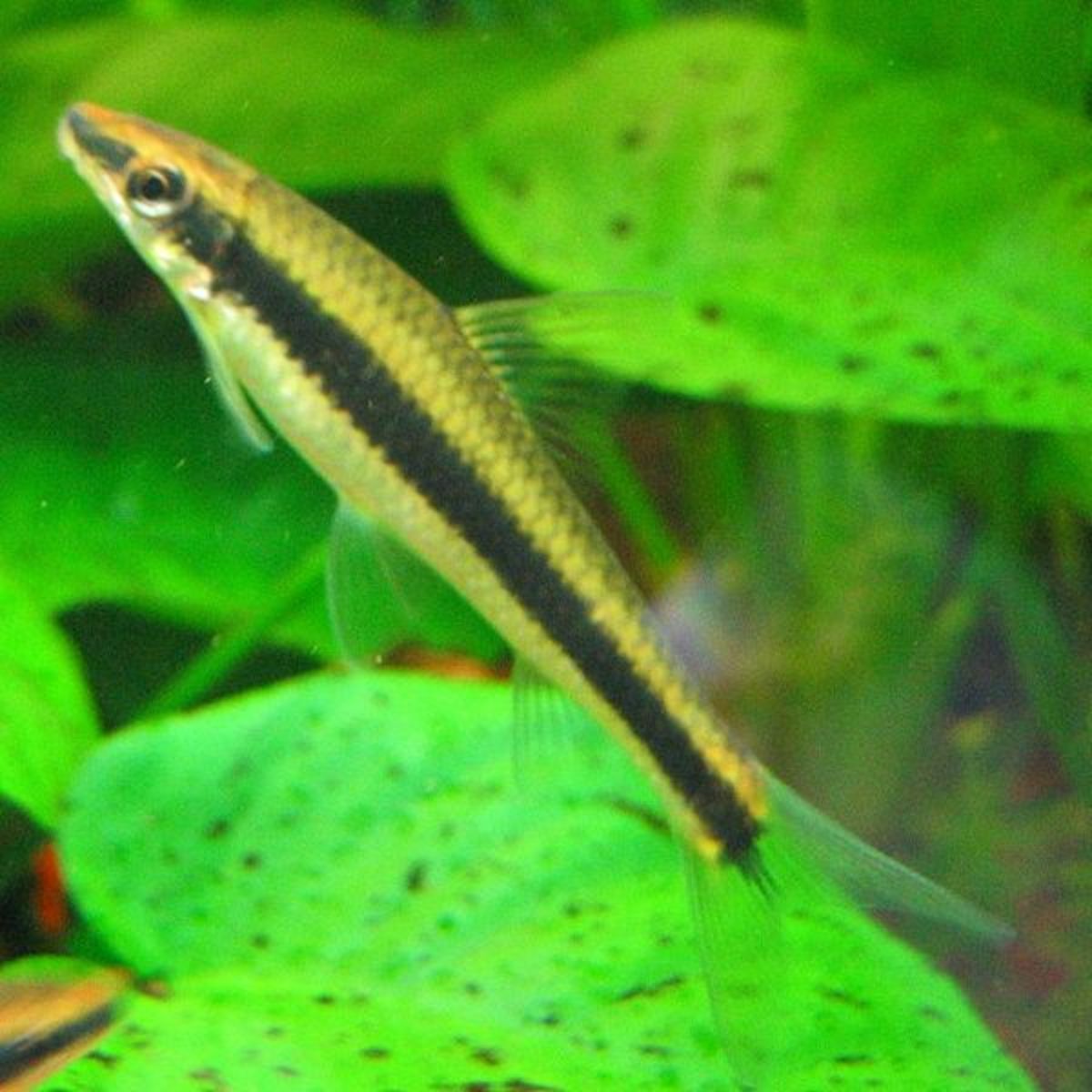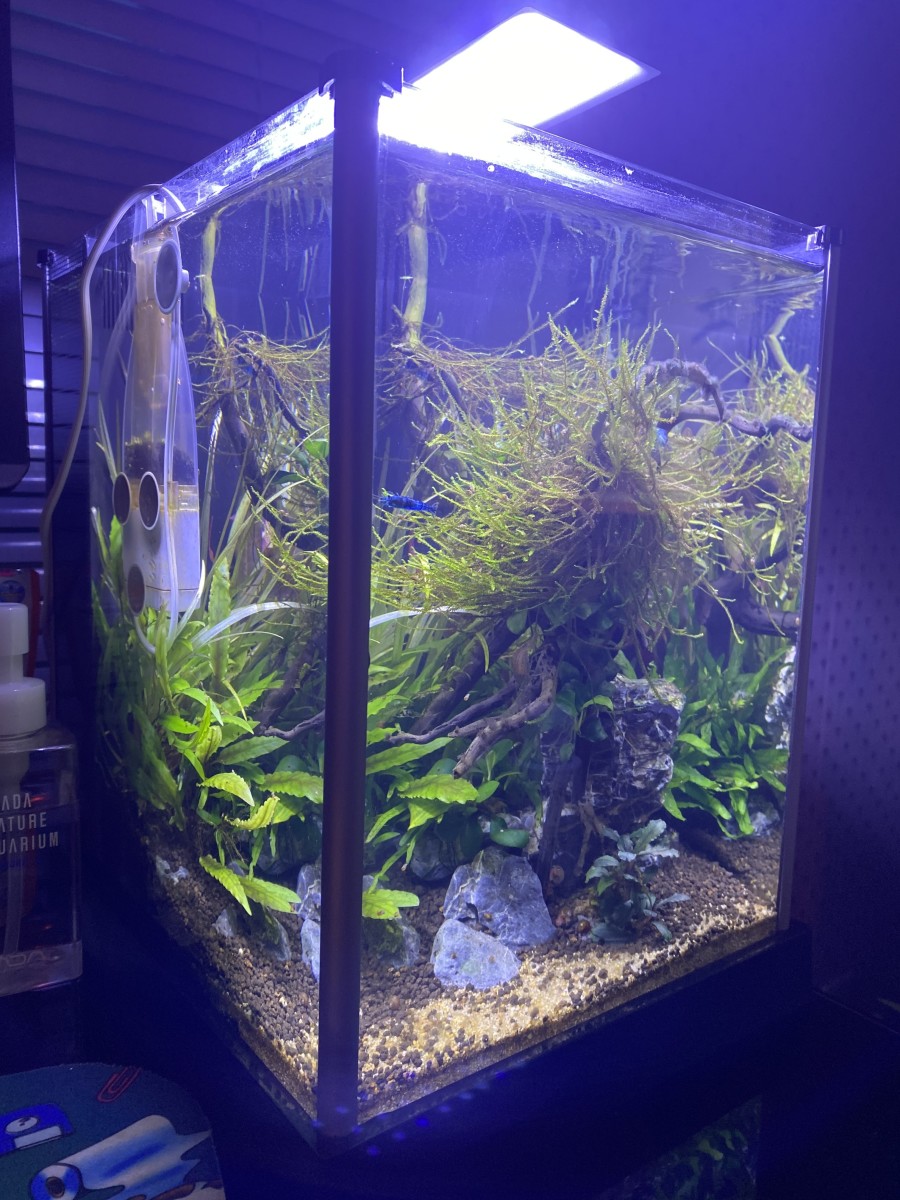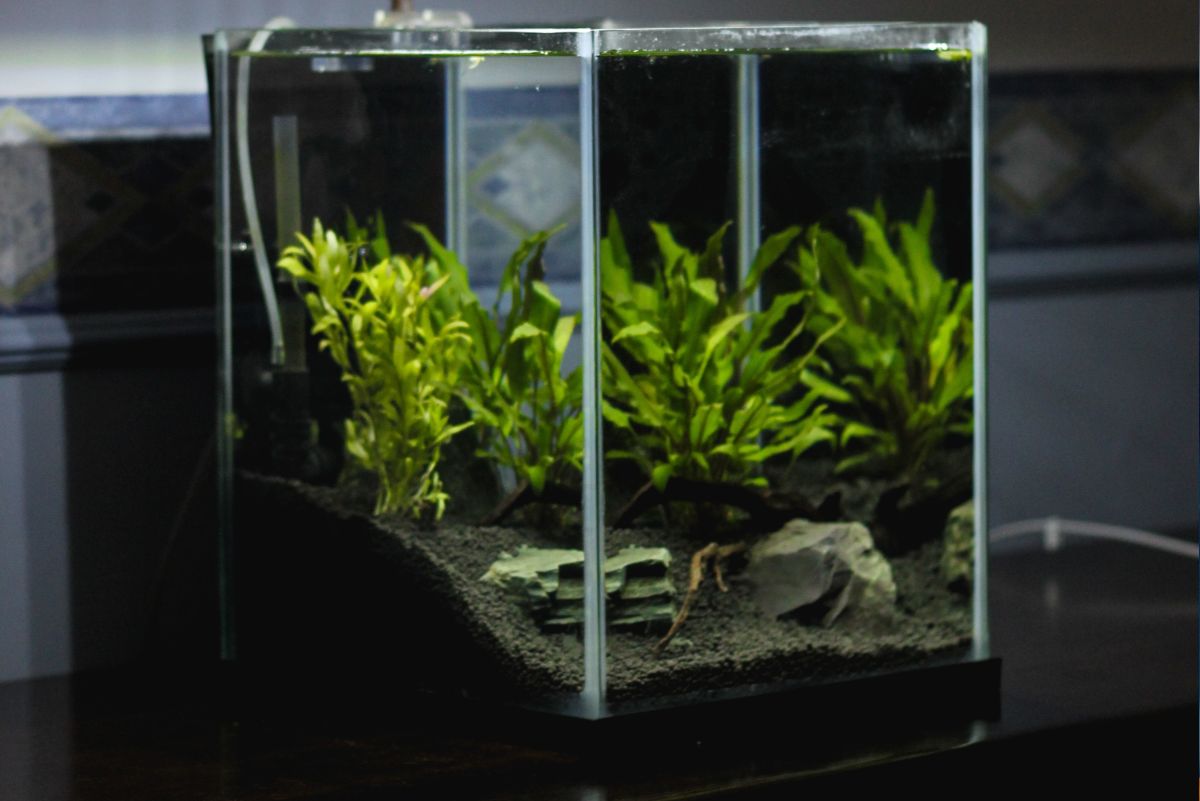Eliminate Algae in Your Aquarium: Expert Tips and Solutions
Eliminating all traces of algae in an aquarium can be a daunting task, as it is likely that some form of algae will always be present, whether in planktonic form or ingrained on rocks and substrates. Instead of striving for total elimination, the goal should be to reduce the quantity of algae present.
When a specific algae problem is identified, it is important to analyze the underlying causes and address them accordingly, rather than simply attempting to remove the algae without addressing the root of the issue.
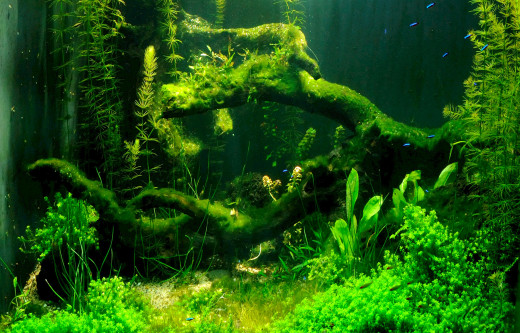
While it may not be entirely possible to eradicate all forms of algae in an aquarium, it is essential to aim for reducing the quantity of algae present. By understanding the reasons behind the growth of specific types of algae, we can effectively control and prevent them from overwhelming the ecosystem of the aquarium.
Understanding the Causes
The key to effectively managing algae growth in an aquarium is not simply in eliminating the algae itself, but rather addressing the causes that contribute to its proliferation. Algae require both light and specific types of nutrients, such as silicates, phosphates, and nitrates, in order to thrive.
To effectively reduce algae growth, it is essential to focus on controlling these nutrients through measures such as using water of osmosis and resins to decrease silicates and phosphates, controlling the population and circulation of water to decrease nitrates, and implementing regular water changes to reduce the overall nutrient load in the tank.
Additionally, it's important to maintain a balanced ecosystem with the right balance of fish and plants, and to use methods such as darkening the tank or using germicidal lamps to further control algae growth.
Silicates
A naturally occurring mineral found in tap water, can pose a problem in tropical aquariums when present in high concentrations. They serve as a source of nutrition for diatoms, a type of microscopic algae that forms brown, dark stains on aquarium decorations.
These stains not only detract from the appearance of the tank, but can also clog filters and negatively impact the health of aquatic life.To effectively reduce the levels of silicates in an aquarium, it is important to avoid using tap water and instead opt for purified water such as reverse osmosis water.
Additionally, using anti-silicate resins in filtration systems can aid in removing silicates from the water. Regular testing and monitoring of silicate levels can also aid in preventing and controlling their growth.
Phosphates
Phosphates are a common component found in all aquariums, both from external sources such as tap water and from internal sources such as fish metabolism.
While phosphates are not necessarily harmful in small quantities, high levels can contribute to the growth of certain types of algae. To maintain a healthy balance, it is recommended to use reverse osmosis water and anti-phosphate resins to keep phosphate levels low.
However, it's important to note that overuse of these resins can also remove essential elements, leading to the growth of other types of algae like black algae. It's important to monitor and adjust the use of these resins accordingly to maintain a healthy balance in the aquarium.
Nitrates
The presence of nitrates in an aquarium can be a major contributor to algae growth. Nitrates are formed through the breakdown of organic waste such as food scraps, fish excrement, and decaying plant matter.
These materials release ammonia, which is then converted to nitrite and eventually nitrate through the action of beneficial bacteria. However, high levels of nitrates can provide the perfect conditions for algae to thrive.
To control nitrate levels and prevent excessive algae growth, it's important to maintain a balanced fish population, keep the aquarium clean, and perform regular water changes. Additionally, using denitrifying chemicals can also help to reduce nitrate levels.
Conclusion
The presence of algae in aquariums is an inevitable outcome of having an aquatic environment with both light and necessary nutrients.
However, understanding the factors that contribute to the growth of different types of algae can help to minimize their proliferation. Factors such as light intensity and duration, nutrient levels, and the presence of waste materials can all influence the type of algae present in the aquarium.
While it may not be possible to completely eliminate algae, it is possible to control their growth by managing the levels of nutrients they require. This includes understanding the role of light, photoperiod, nitrogen compounds, and waste in the growth of algae, and taking steps to keep these factors in balance.

